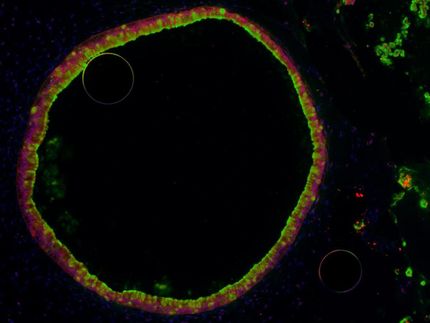Study reveals the inside of your car is dirtier than toilet
The steering wheel was found to be generally the cleanest area and could be due to the COVID-19 pandemic
A study by researchers in the College of Health and Life Sciences at Aston University and commissioned by Scrap Car Comparison has revealed that the inside of our cars have significantly higher levels of germs on them than the average toilet.

Symbolic image
Unsplash
The researchers took samples from car interiors with varied ownership histories, to establish bacterial contamination levels within the vehicles and to highlight how thoroughly people clean their cars.
The results revealed that motorists should be cleaning the inside of their cars more frequently, with harmful bacteria likely to be discovered in most cars out on the road today. In particular, the study found that the car boot plays host to significantly high levels of bacteria, with E.coli likely to be found in every boot and potentially on your driver’s seat.
More commonly known as faecal bacteria, the findings pose a clear concern for anyone that puts their fruit and vegetables in the boot after a trip to the shops or enjoys a drive-thru dinner in the driver’s seat.
Dr Jonathan Cox, a senior lecturer in microbiology at Aston University, said: “The results of this study are fascinating, as they help to show that despite cleaning our cars, the older they are, the dirtier they generally are.
“This becomes key when thinking about areas such as the car boot or driver’s seat. Many of us have placed loose food shopping in our boots, or dropped the odd crisp onto our seat, before picking it up and eating it.”
Other areas tested included the gearstick, dashboard and backseat which also saw higher levels of bacterial contamination than is found on the average domestic toilet. Bacteria found included Pseudomonas, a bacterium with strains that can’t easily be treated with antibiotics and Staph Aureus, a germ associated with coughs and sneezes that in some cases is linked to MRSA.
The researchers identified the filthiest areas of a car:
- 1. Boot - 1,425 bacteria identified
- 2. Driver’s seat - 649 bacteria identified
- 3. Gearstick - 407 bacteria identified
- 4. Back seat - 323 bacteria identified
- 5. Dashboard - 317 bacteria identified
- 6. Steering wheel - 146 bacteria identified.
There was also a correlation discovered between the age of a car, and the levels of bacteria likely to be found within it. The older cars sampled for the study exhibited higher bacteria loads than those that have been on the road for a shorter amount of time.
However, the researchers found that out of all areas of our cars, the steering wheel was generally found to be the cleanest. This high-contact area saw very low levels of bacterial contamination and could be due to the uplift in hand sanitiser use following the COVID-19 pandemic.
Dr Cox added: “These results highlight that we should change how we think about our cars and cleanliness. Often, we will clean our cars based on whether they ‘look’ clean versus whether they actually are clean. But you would never even think about eating off your toilet seat.
“Upholstery should ideally be given a deep clean and in future I will always clean any used car I might purchase!”
Dan Gick, managing director at Scrap Car Comparison, commented: “Taking care of your car, from making sure it’s running well to keeping it clean, all work towards ensuring it has a long life and is a car you love mile after mile. The last thing you want is for your car to become a risk on the roads, as well as a risk to your health.
“We hope the results of this study help to highlight the importance of taking good care of your car inside and out. It’s worth thinking about how often you clean the inside of your house and apply the same thought process to your car, especially if you tend to drive it every day”.




















































